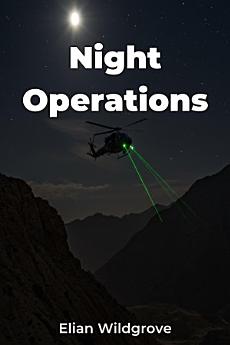Night Operations
Tungkol sa ebook na ito
The book explores the development of night operations through a blend of historical analysis, technological insight, and tactical doctrine.
Readers will discover how early night raids have evolved into sophisticated military strategies, influenced significantly by technological innovations like night vision and infrared devices.
The book argues that while technology has amplified advantages in night combat, it hasn't fundamentally changed the core principles.
For example, the element of surprise, crucial in the Battle of Trenton, remains vital even with modern thermal imaging.
Night Operations progresses chronologically, starting with historical roots, then delving into technological advancements, and finally analyzing case studies to reveal how armies have adapted (or failed to adapt).
A unique aspect is its focus on the human element, exploring the psychological challenges faced by soldiers in the dark and ethical considerations of night vision technology.
By drawing on military archives and first-hand accounts, Night Operations offers a broad overview, illustrating how technology, history, and military strategy converge to inform modern warfare and defense policy.








